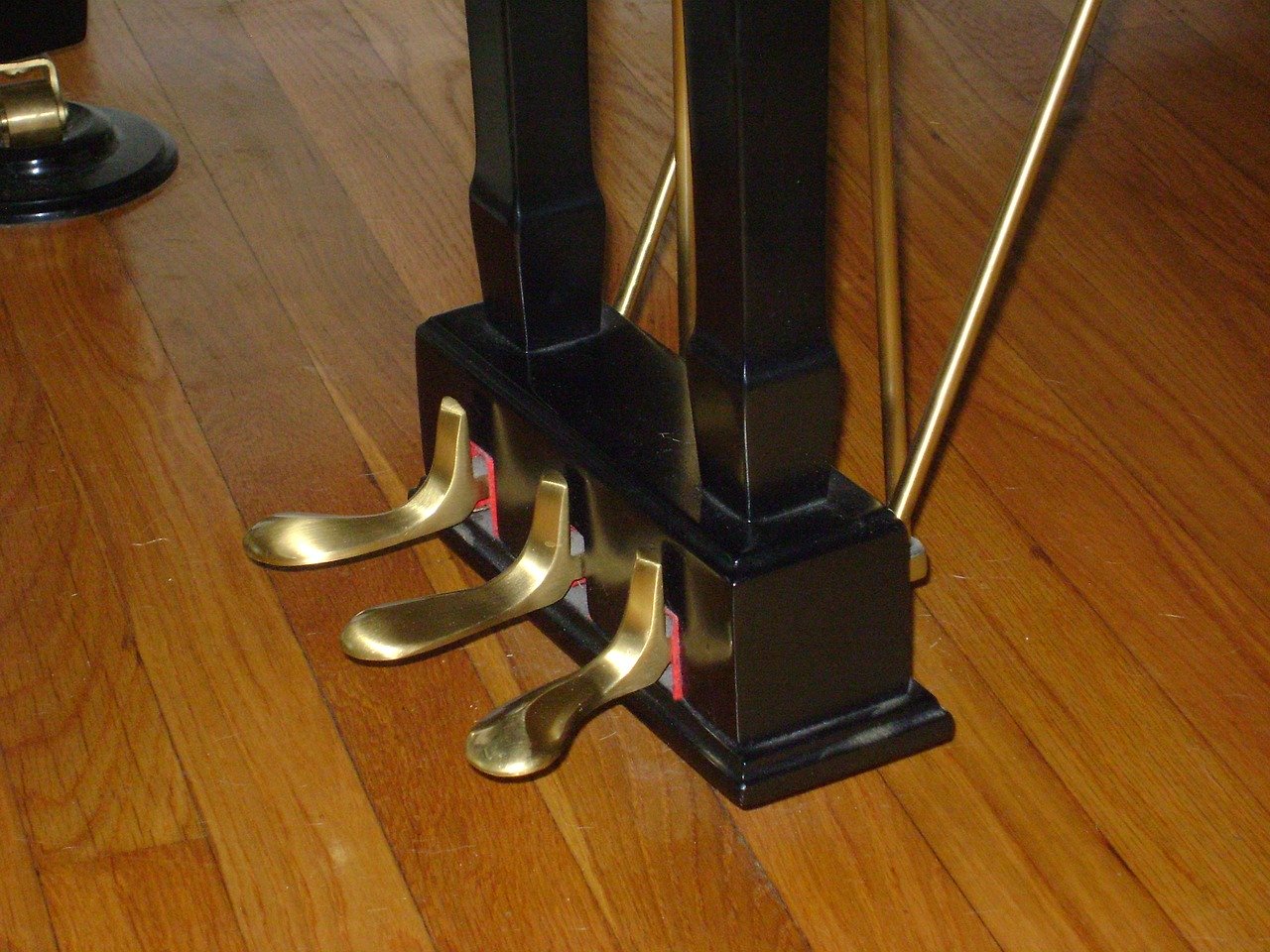Do you need pedals for piano? If you are just getting started with playing the piano or digital piano then seeing the pedals at your feet can make it even more of a scary prospect.
A lot of us find that the piano is quite intimidating anyway, you need to eventually get your left and right hand doing separate things, add your legs and feet into the mix and the task seems daunting.
So do you need pedals for piano? Should a learner ensure they have a piano with pedal options or are they just an added luxury? We explore more in this guide.
Do You Need Pedals for Piano if Playing Digital Piano?
A lot of digital pianos and keyboards do not come with pedals as standard. Though some are bought bundled with pedals, most simply have an input section where you can install pedals if you want to. People are probably safe to assume that you do not need pedals then, right?
Well, when you are starting out playing keyboard or digital piano, pedals are not going to be the priority. Most beginners will be very pleased to learn that playing the piano does not depend on the pedals. What you are doing with your hands will normally be exactly the same.
So, What Do The Pedals Do?
We’re not saying that they are pointless. Do you need pedals for piano? No, not to start with, but eventually it might be a good idea to get better at using pedals, especially if you are going to become a concert pianist and try to get to the very top of the tree when it comes to piano knowledge. Most tutors would not start you off playing the piano by teaching you about the pedals.
However, it is a good idea to understand what they do.
Some pianos have just one pedal, while others have three.
On a one pedal setup, the Damper pedal is likely to be the only pedal. In a three-pedal setup, the Damper pedal is on the right of the three. Basically, this is the most common pedal, and can also be called the sustain pedal. When it is pressed down, it lifts the dampers from the strings and lets the notes ring out for longer. The end result is a much longer resonant tone.
For grand pianos, the middle pedal is the Sostenuto pedal. It holds the notes that have been pressed when you first press in the pedal. Any notes played after that won’t ring out for as long. With some acoustic pianos, the middle pedal is used as a practice mute. It quietens the sound so you can practice without being as noisy.
The left pedal is the Una Corda or “soft” pedal. Normally when a key is hit, it will trigger a hammer hitting three strings inside of the instrument. Una Corda pedals mean it only hits one, perfect for soft and gentle piano parts, it causes a more dainty sound which can add a lot in the way of dynamics.
Should Beginners Buy Pedals?
This shouldn’t be high on the list of priorities for a beginner. If you are just getting started playing the piano, you will notice that most courses, such as our academy, do not even mention the idea of pedals for some time.
Because of the fact that what happens with the pedals has little to no impact on what you are doing with your hands, you can always add this knowledge in the future. Some digital pianos and especially console-style pianos will come with a pedal or a set of pedals. If not, investing in pedals probably shouldn’t be high on your list of priorities if you are a beginner.
What if I Want To Experiment With Pedals?
It’s probably the best thing to start experimenting with the sustain pedal first of all. A lot of musicians will only ever use this pedal, and totally ignore the other types of pedals that are on their piano. In truth, a lot of the dynamics that are created by using pedals can be a luxury often just used for people playing classical music. Pop musicians may never find a use for pedals.
Conclusion – Do You Need Pedals for Piano?
If you have reached a stage where your level of ability on the piano is pretty good and you would like to experiment with pedals, there is no reason not to. However, if you are worried about pedals and whether or not you need them – don’t be. For many musical pieces, pedals don’t matter.
Pedals are a skill that can be utilized later in your playing, and getting what you are doing with your hands right is far more important for learners than starting to introduce your feet into the mix, too.










